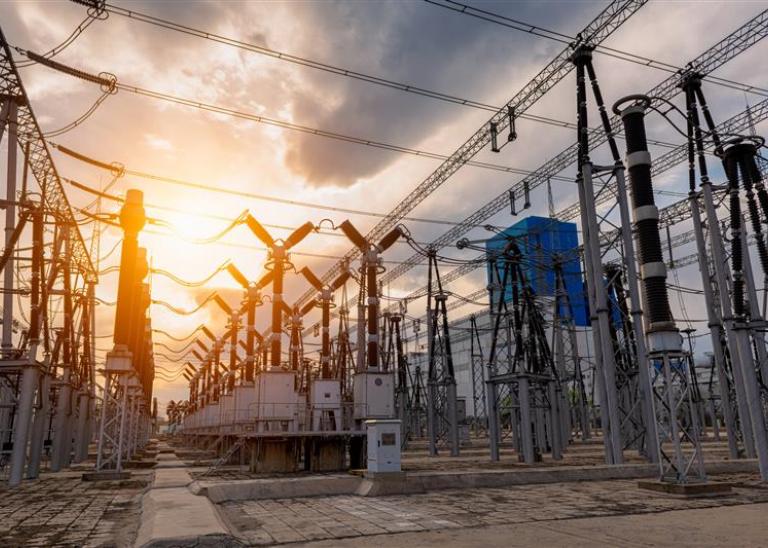Securing Critical Infrastructure: A Hybrid Approach
By ECAMSECURE 30/01/2025

As technology and connectivity drive modern society, securing critical infrastructure has become more complex than ever. The convergence of physical and cyber threats demands a hybrid security model that integrates both realms to ensure robust infrastructure security.
What is Critical Infrastructure?
Critical infrastructure includes the essential systems that keep a nation running—government agencies, energy, transportation, water, finance, healthcare, and more. These sectors are vital to national security, public health, and economic stability, making infrastructure security a top priority.
The Rising Threats
The threats to critical infrastructure are increasingly varied. From physical attacks like sabotage and explosives to natural disasters and sophisticated cyberattacks, these risks are intensifying. In fact, in 2023, power providers reported a 70% increase in attacks compared to the previous year, underscoring the critical need for enhanced infrastructure security.
Best Practices for Protecting Critical Infrastructure
A multi-layered security approach is key to safeguarding critical assets. Here are essential strategies for robust infrastructure security:
- Perimeter Protection: Use physical barriers, extended perimeters, and remote video monitoring with high-definition cameras, thermal imaging, and radar to detect threats early.
- Ballistic Barriers: Install mobile and permanent barriers that withstand blasts and gunfire.
- AI-Powered Threat Detection: Leverage AI and advanced video analytics for real-time identification of suspicious activity and potential threats.
- Gunshot Detection Systems: Incorporate acoustic and infrared technologies to quickly identify gunfire and activate rapid response protocols.
Effective Response Strategies
Swift and coordinated response systems are critical for mitigating risks to critical infrastructure:
- Remote Video Monitoring Systems: Equip security teams with remote video surveillance for immediate situational awareness and response.
- Situational Awareness: Utilize real-time communication systems and geographic information tools to stay ahead of threats.
- Infrastructure Resilience: Build redundancy into critical systems to ensure rapid recovery and continued functionality after an attack.
The Power of Artificial Intelligence
Artificial Intelligence (AI) is revolutionizing infrastructure security. AI-driven live security surveillance systems can detect unusual behavior, recognize potential threats, and send real-time alerts, enabling security personnel to take swift action without constant manual monitoring. This proactive approach helps keep critical infrastructure secure at all times.
A Hybrid Solution for Critical Infrastructure Security
A hybrid approach that combines human expertise with AI-driven remote video monitoring offers the most comprehensive solution for protecting critical infrastructure. This integrated model includes:
- Physical Security: Security guards, mobile surveillance units, and perimeter defenses provide on-the-ground protection.
- Technological Defenses: AI-enhanced live video monitoring, threat detection systems, and remote video surveillance deliver 24/7 protection, ensuring rapid response to any breach.
By combining live security surveillance and AI-driven technology with human oversight, this hybrid model offers a proactive, cost-effective solution to deterring threats.
Final Thoughts
Securing critical infrastructure requires a dynamic, intelligence-driven approach. By integrating physical security measures with advanced live video monitoring and remote video surveillance, we can protect our most vital systems and ensure their resilience against evolving threats.
With growing threats to critical infrastructure, investing in a hybrid security approach is essential. Consider combining advanced technology like AI-driven surveillance with physical security measures to help ensure comprehensive protection. Evaluate your current infrastructure security and explore how AI, live video monitoring, and remote surveillance can enhance your defenses. Taking proactive steps now can reduce risks, improve response times, and safeguard your most vital assets.


